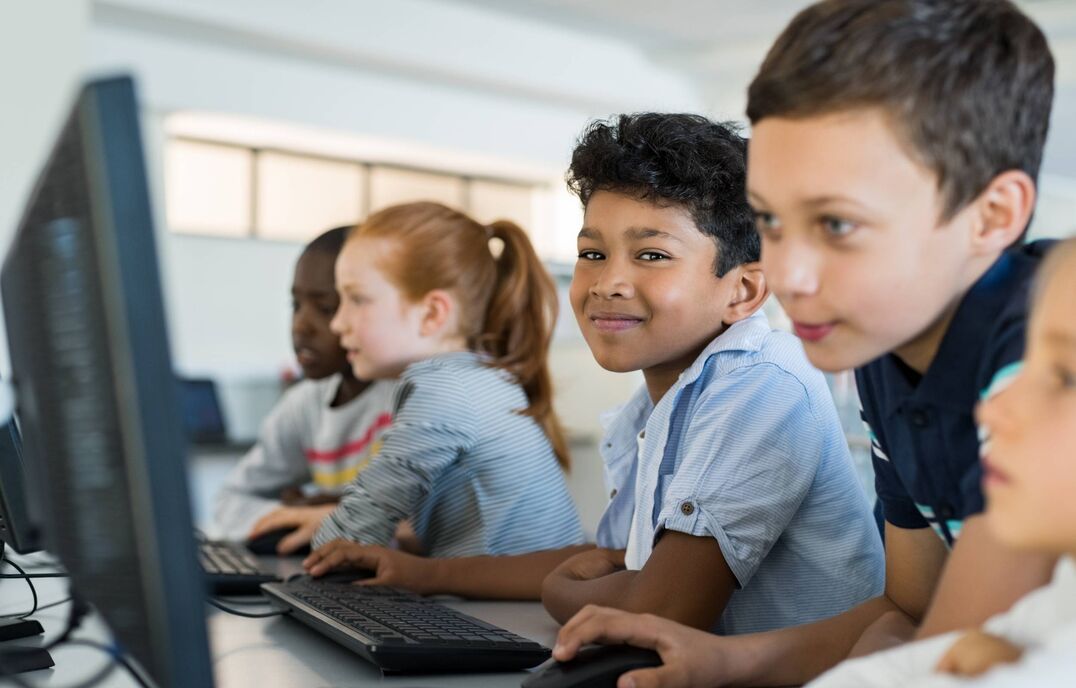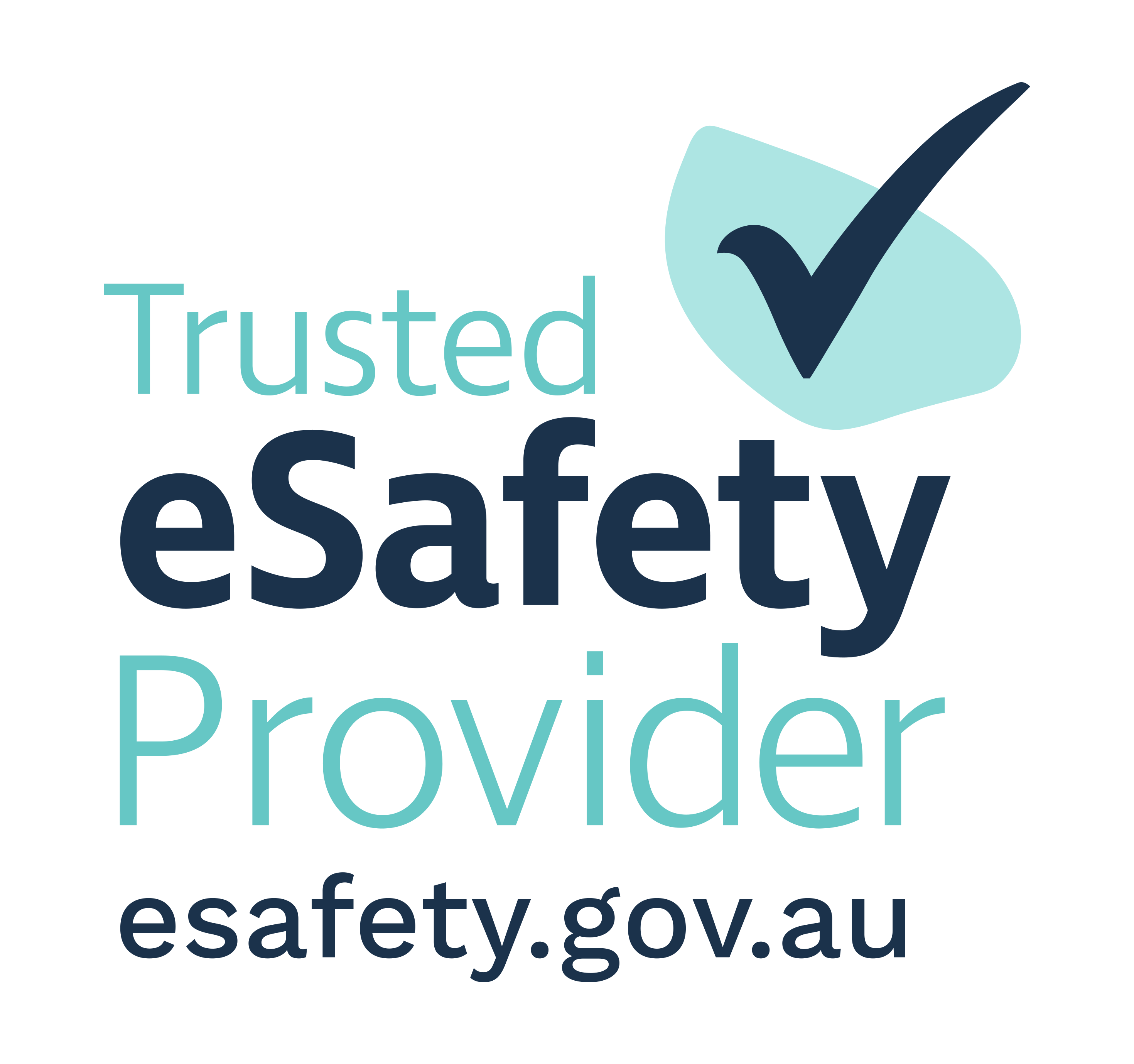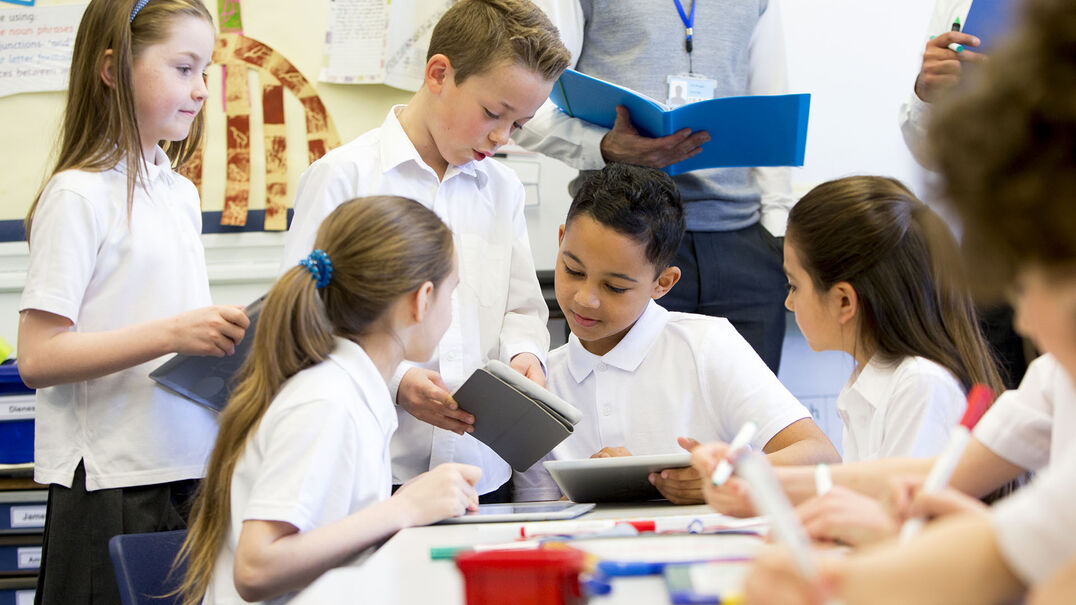eSmart
Keep your students smart, safe and responsible online with eSmart – Australia’s trusted provider of online safety education. Free to all schools in Australia.

More and more, children and teens get their news from social media—but many don’t understand how algorithms select which news they see.
Media Literacy Lab is designed to help teachers educate students on how to be safe and smart about the content they consume and create online.
Since 2023, over 5,000 students have participated in Media Literacy Lab.
Media Literacy Lab is funded by the Australian Government and underpinned by the eSafety Commissioner’s Best Practice Framework for Online Safety Education. That means it’s free for all Australian schools, and it’s up to date. All you need to do is register to get started.

The eSmart Media Literacy Lab was developed to assist teachers in bridging this skills gap within their classroom. It is available free of charge to all Australian schools thanks to Federal Government funding – simply register and you can get started today!
eSmart Media Literacy Lab is a series of lessons designed for secondary students aged 12-16; however, teachers are free to explore how the content could work to support other year levels.
Students are encouraged to:
eSmart Media Literacy Lab emphasises:
The Media Literacy Lab is based on three key areas on media engagement:
1. Media consumption:
Students will build foundational knowledge on what media is, why it is made, and who consumes it. They will also learn about critical engagement in social and personal media habits and consumption.
2. Content and creation:
Students will examine the creative and technological mechanisms behind media production and dissemination, including a close look at 'fake news' media, 'deepfakes' and data ownership.
3. Human rights and activism:
Students will explore the mutually productive relationship between media and democracy, the responsibilities of digital citizenship, how to prevent online harm, and how to create positive change.
Media Literacy Lab is designed with clear learning pathways to ensure specific learning outcomes are achieved through pre-assessment, learning material and summative assessment.
eSmart Media Literacy Lab aligns with the following Learning Areas and General Capabilities for Years 7 to 10 in the Australian Curriculum v9:
| Learning area | General capabilities |
|---|---|
|
Learning area
English |
General capabilities
Critical and creative thinking |
|
Learning area
Media arts |
General capabilities
Ethical understanding |
|
Learning area
Health and physical education |
General capabilities
Digital literacy |
eSmart Media Literacy Lab is underpinned by the eSafety Commissioner’s Best Practice Framework for Online Safety Education, an evidence-based best practice framework for a nationally consistent approach to online safety education in schools.
The modules have been designed using an evidence-based approach that is informed by engagement with educators and students.
Contact us to learn how your school can get involved.

Keep your students smart, safe and responsible online with eSmart – Australia’s trusted provider of online safety education. Free to all schools in Australia.

Online and in-person events for teachers, parents and carers.

Learning tools to help learners aged 10-14 build online-safety skills and digital emotional intelligence.


